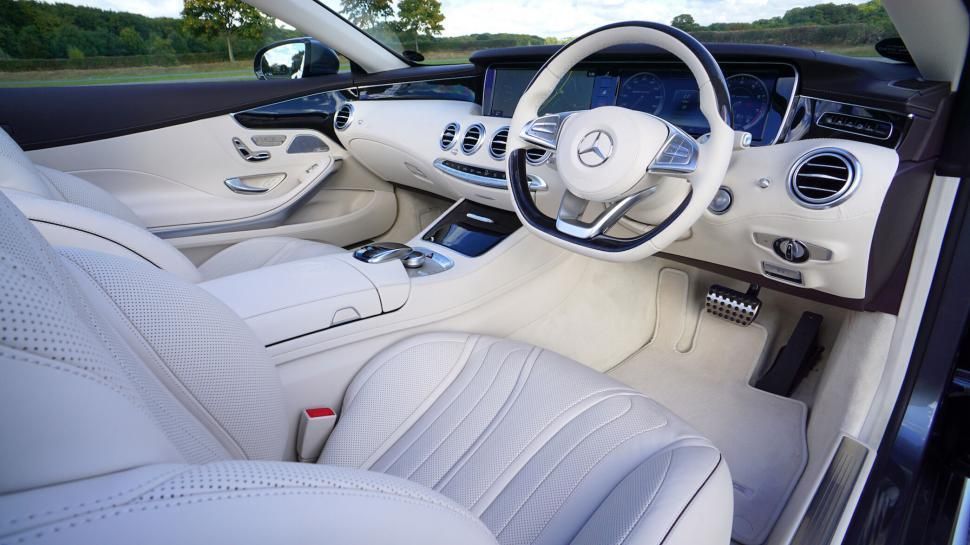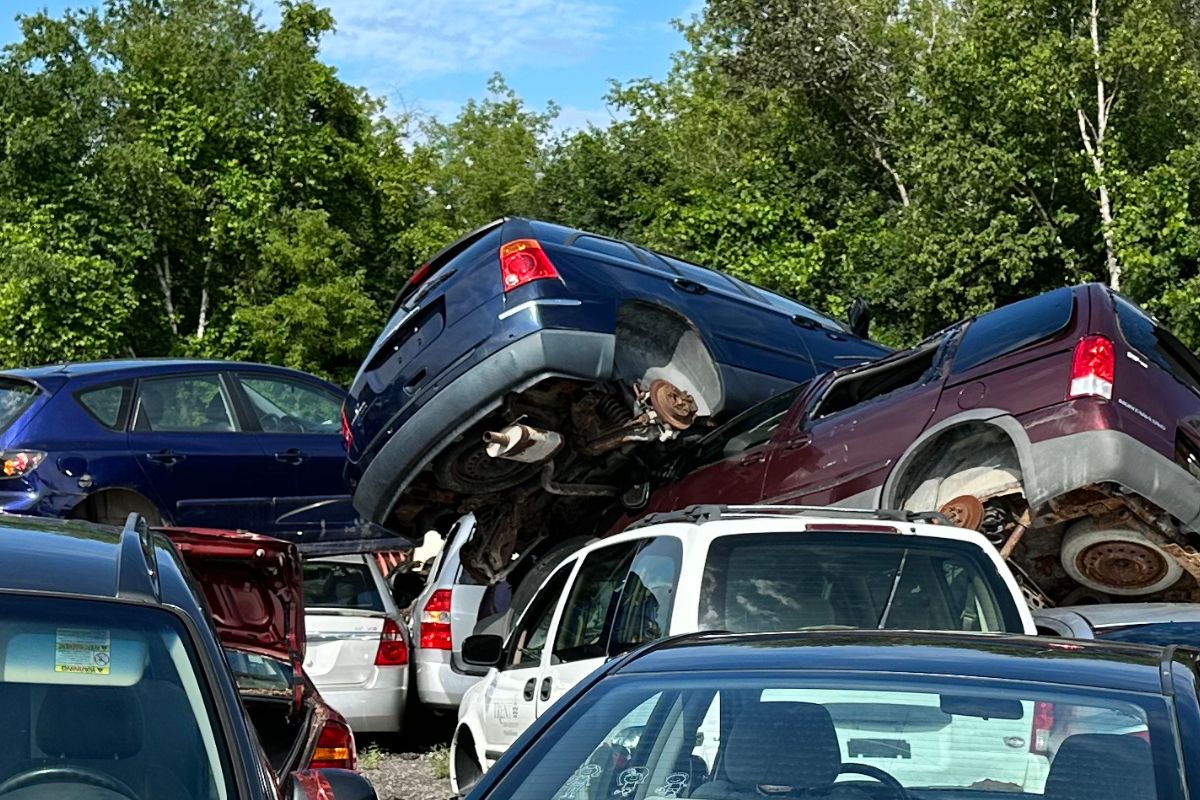
Deciding to part ways with an old vehicle, especially one that is beyond repair or simply costing too much to maintain, can often feel like a complex and overwhelming task. For many car owners, the concept of “scrapping a car” might conjure images of rust heaps and negligible returns, but with the right information and a structured approach, this process can be surprisingly straightforward and even financially beneficial. This in-depth guide is designed to demystify the journey of disposing of an old vehicle, providing clear, actionable steps for consumers.
Whether your car is simply no longer fuel-efficient, continuously racking up expensive repair bills, or has been totaled in an accident, understanding the proper procedure for its disposal is crucial. Not only can it save you from potential liabilities, but it also opens up opportunities to recover some value from what might otherwise be considered a worthless asset. Our aim is to equip you with the knowledge needed to make informed decisions, ensuring a hassle-free and effective car scrapping experience from start to finish.
The journey begins long before your car reaches the scrapyard, with crucial considerations about its current condition, the paperwork involved, and strategies to maximize its residual value. We will meticulously walk you through the initial phases of preparation and assessment, laying a solid foundation for a responsible and rewarding conclusion to your vehicle’s service life. By following these comprehensive steps, you can transform what seems like an unavoidable chore into a practical and environmentally conscious decision.

1. **Understanding When It’s Time to Scrap Your Car**
The critical first step in the process of disposing of an old vehicle is objectively assessing its current state and determining if scrapping is truly the most logical path forward. Often, a car reaches a “point of no return,” transitioning from a functional if flawed vehicle to a significant nuisance. This point is typically reached when the cost of essential repairs begins to outweigh the car’s actual market value.
Beyond major mechanical failures, other telltale signs indicate that your car might be ready for the scrapyard. If your vehicle is no longer fuel-efficient, leading to frequent and costly visits to the gas pump, it might be more economical to consider a more fuel-efficient replacement. Similarly, continuously escalating repair bills, signifying a pattern of increasing unreliability, suggest that the ongoing expense of keeping it on the road will soon surpass any practical benefit.
Moreover, if your car is totaled or has been involved in a significant accident, the financial burden of restoration often makes scrapping the only viable option. In such scenarios, the vehicle becomes more of a liability than an asset, posing questions of safety and continued expense. Recognizing these clear indicators will help you decide if it’s indeed time to call the scrappers, ensuring you make a pragmatic choice rather than holding onto a depreciating problem.
Read more about: NWS Extreme Cold Alert: A Comprehensive Consumer’s Guide to Winterizing Your Home and Car for Ultimate Safety and Preparedness

2. **Removing Personal Belongings and License Plates**
Once the decision to scrap has been made, the immediate next step involves a thorough decluttering of your vehicle. This seemingly simple task is frequently overlooked but is vital to prevent the accidental loss of personal items. Go through every compartment and crevice: empty the center console, check the glove compartment, and meticulously search under and between seats for any possessions that may have been forgotten.
Furthermore, consider the vehicle’s cleanliness. While not directly affecting structural scrap value, a dirty or muddy car “may get a lower scrap price for it.” Taking the time to clean your car can therefore contribute to securing the best possible offer. This attention to detail ensures that you leave nothing valuable behind and present the vehicle in the best light for assessment.
A crucial administrative step at this stage is the removal of your license plates. If you “don’t plan on driving your vehicle anymore,” these plates typically need to be surrendered to the Department of Motor Vehicles (DMV) or, in some cases, can be transferred to a new vehicle depending on local regulations. This action formally dissociates you from the vehicle’s active registration and is an important part of severing your legal ties to the car.
Read more about: Is Your Ride on the Hit List? Unpacking America’s Top 10 Most Stolen Cars and How to Protect Yours
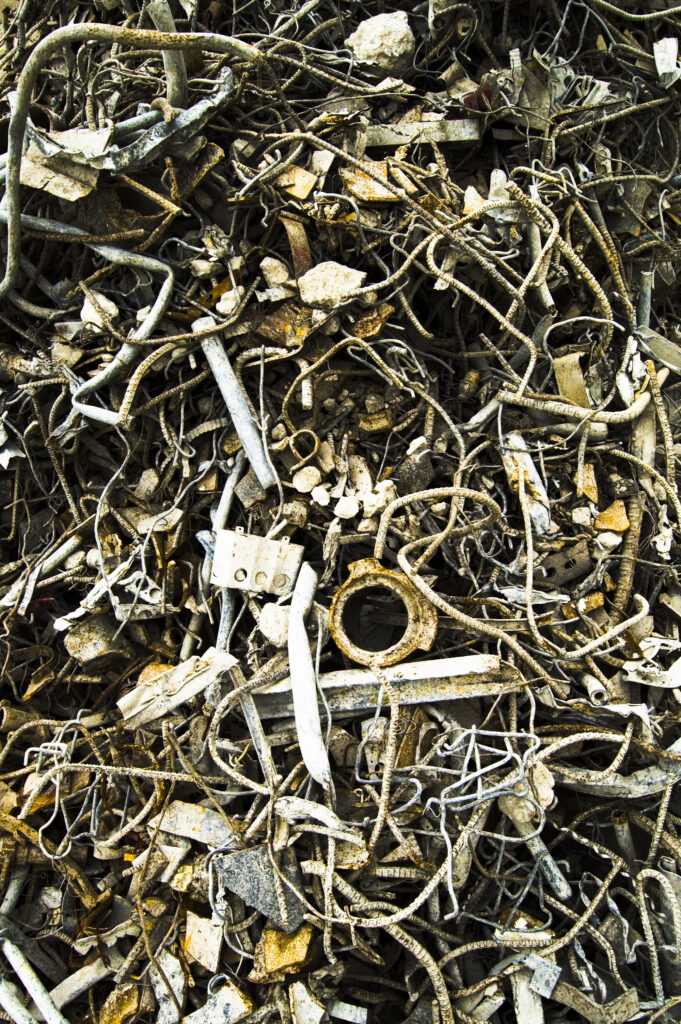
3. **Maximizing Value by Selling Parts Separately**
While the primary goal of scrapping is often simply to dispose of a non-functional vehicle, there is significant potential to increase your monetary return by strategically disassembling and selling certain components independently. Many parts in a vehicle retain value that far exceeds their worth as undifferentiated scrap metal. This approach, while requiring more effort, can be quite rewarding.
Specific components are known to fetch a better price when resold individually. These include “car battery,” “tires and rims,” “alternator,” “radiator,” and “audio or GPS systems.” Even aftermarket parts that you installed can be removed and listed on online marketplaces. Another high-value item is the “catalytic converter,” due to the rare metals used within it, though its sale may be subject to local legal restrictions.
Disassembling your vehicle can be a “daunting task,” potentially requiring “hours, days, or weeks depending on your level of proficiency.” However, this effort allows you to “sell off individual pieces rather than the whole junker.” By sorting these valuable parts, such as those made from “cast iron” or other specific metals found in starters and alternators, you can significantly enhance your overall financial gain from the scrapping process.
Read more about: Unlock Your Car’s True Value: 10 Essential Trade-In Tactics to Outsmart Dealerships and Maximize Profit
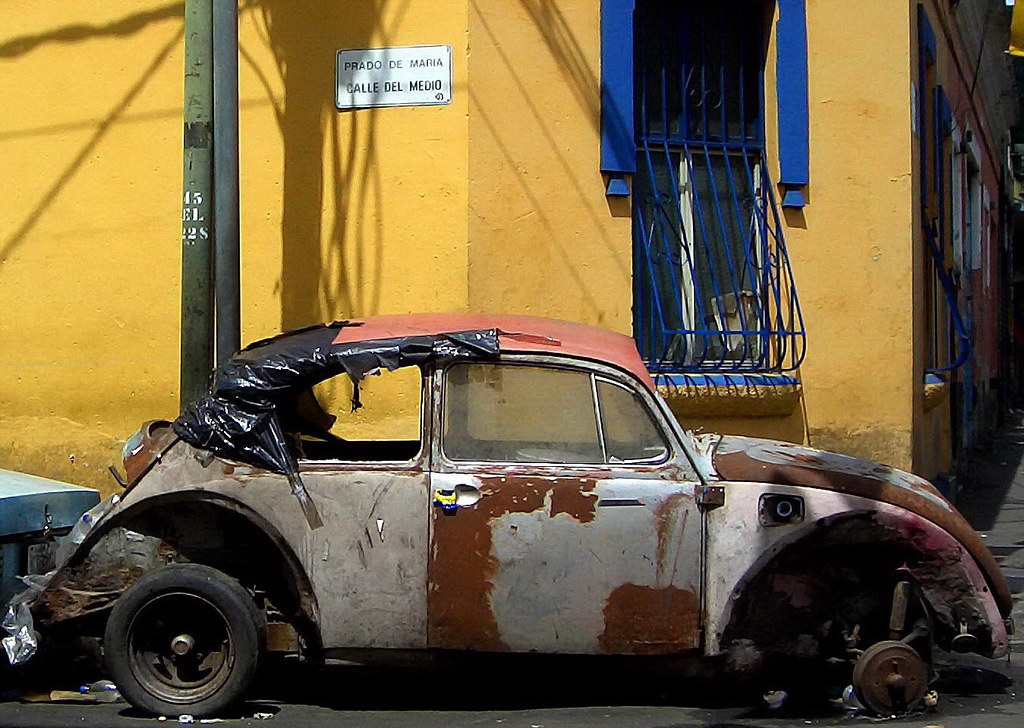
4. **Gathering Essential Ownership Documentation**
A fundamental requirement for legitimately scrapping your vehicle is the establishment of clear legal ownership. Without proper documentation, the process cannot proceed smoothly, and you risk encountering delays or even legal complications. The most critical document you will need is your vehicle’s title, which serves as indisputable proof that you own the car and possess the authority to dispose of it.
In scenarios where the registered owner on the California Certificate of Title is not the applicant—perhaps because the vehicle has not yet been transferred—additional documentation is necessary to record the applicant as the registered owner. This can include a properly endorsed California Certificate of Title, “Lien sale documents properly executed for registration and transfer,” or “A salvage certificate properly endorsed for transfer.” Bills of sale may also be required “to complete the chain of ownership,” and in some cases, they can even be “accepted in lieu of signatures on the title.”
It is also crucial to ensure that any outstanding loans or “liens out on your vehicle” are fully settled, and a “lien release form” is obtained prior to scrapping. The Department of Motor Vehicles may require specific forms such as a “Statement of Facts (REG 256) form” if the vehicle value is less than $5,000, confirming ownership and asserting that the vehicle is “free of liens, not indicated on the application.” Always contact your local DMV to ascertain the precise paperwork mandated by your state laws.
Read more about: Navigating a Total Loss: Your Comprehensive Consumer Guide to Car Accidents and Insurance Settlements
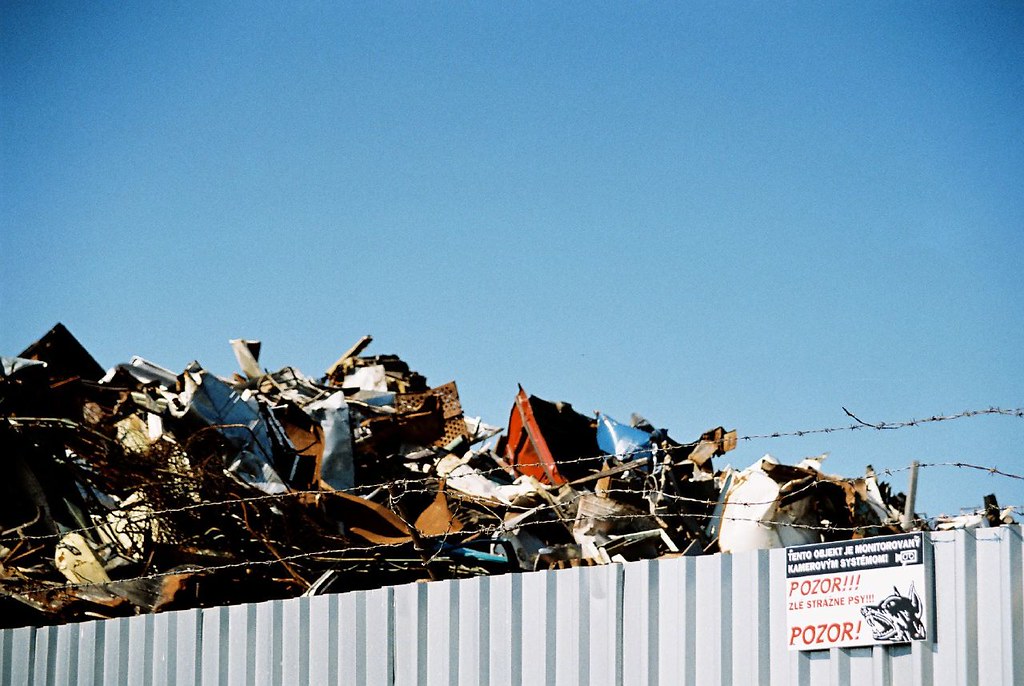
5. **Navigating the Title Requirement for Scrapping**
The vehicle title is the cornerstone of proving ownership, and typically, “you have to transfer it to the junkyard or web service to get a full payment” when scrapping a car. However, the absence of a title doesn’t necessarily halt the scrapping process entirely, though it can introduce additional steps and potential fees. It’s important to understand the specific requirements of your state and the policies of the scrap buyer.
In some jurisdictions, certain states “don’t hand out titles” for particular types of vehicles or under specific conditions. In such cases, contacting your local DMV is paramount to ascertain “what paperwork you need in order to scrap your vehicle” without a traditional title. This proactive step helps avoid unforeseen complications and ensures compliance with local regulations.
For those who simply cannot locate their vehicle’s title, many junkyards and online services are still willing to accept cars for scrap. However, this often comes at a cost; “some junkyards and websites will still let your scrap your car after paying a $50–150 fee.” While this option provides a pathway to disposal, it also highlights the importance of keeping your vehicle title secure to maximize your return from the scrapping process.
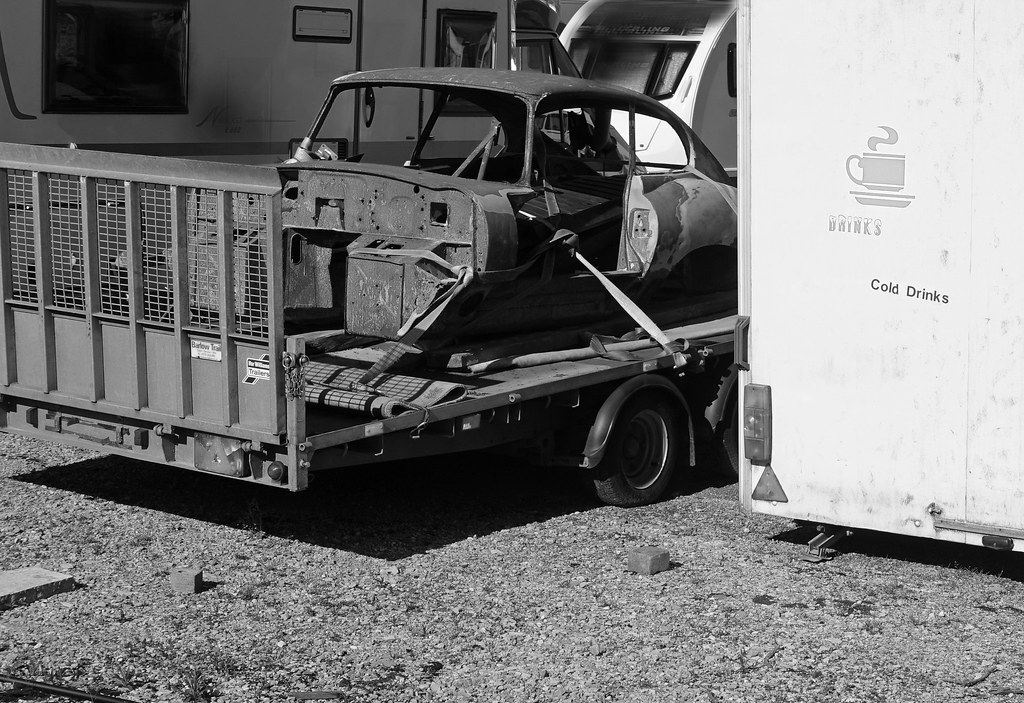
6. **Understanding Scrap Car Valuation and Market Factors**
Determining the potential financial return from scrapping your car involves understanding several key valuation factors. The average scrap price for a vehicle is roughly “$165 USD per 1 t (1,000 kg).” Given that “most vehicles weigh 2 t (2,000 kg) or more,” owners can generally expect to receive “at least $300 USD but typically no more than $500 USD” for their vehicle, largely dependent on its weight.
However, the value is not solely based on weight. A crucial determinant is “the quality of the scrap metal” itself. Cars are composed of various metals, notably “ferrous and non-ferrous” types, with ferrous metals being magnetic. Items like “catalytic converters,” due to their rare metal content, and parts made from “cast iron,” starters, alternators, and batteries, all contribute significantly to the vehicle’s overall scrap value based on demand.
Beyond the intrinsic value of the metals, external market dynamics also play a significant role. “Market price fluctuations” for scrap metal, which “rises and falls much like the stocks in the stock market,” directly impact the offers you receive. Even “the time of year” can be a factor. Furthermore, any “missing certain parts or the title” will lead to deductions from the assessed value, with examples like “$10 for a missing radio, $20 for a missing battery, and $100 for a missing catalytic converter.” Therefore, understanding these variables is essential for setting realistic expectations and negotiating a fair price.
Read more about: Navigating the Waters: Your Expert Guide to Choosing the Best 2025 Car for Towing a Boat
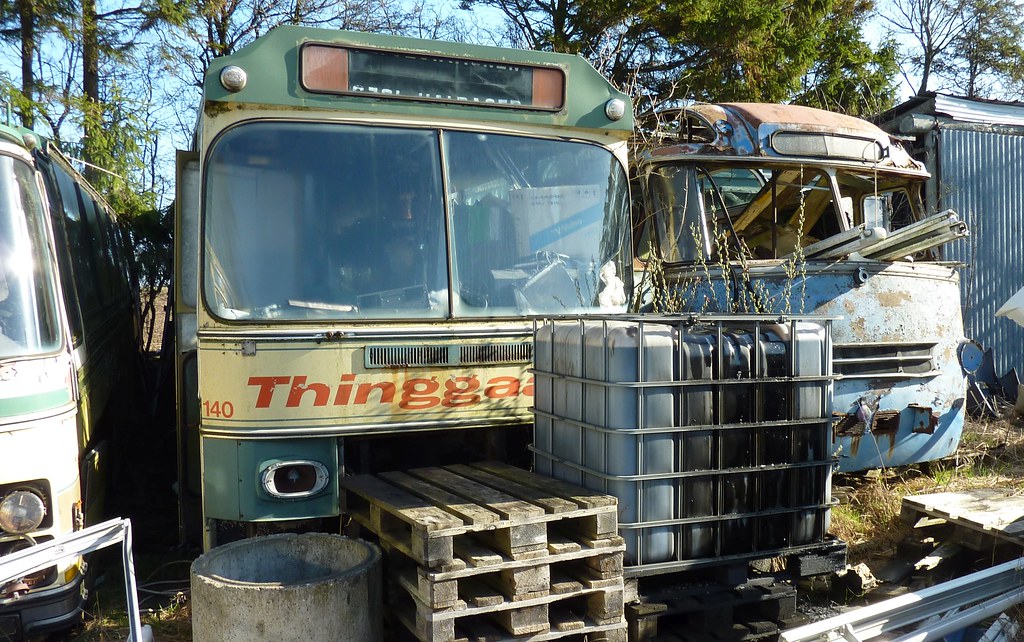
7. **Comparing Offers from Scrapyards and Online Buyers**
The initial phases of preparing a vehicle for scrapping lay a crucial groundwork, but the next pivotal step involves actively seeking out and comparing offers to maximize your financial return. It is important to approach this stage with diligence, as simply accepting the first offer can lead to significantly less money for your old vehicle. Understanding the different avenues available for selling a junk car is key to securing the best possible price.
Local junkyards often serve as a convenient and reliable option. To begin, contact the local scrap yards in your area and provide them with the year, make, and model of your vehicle. It is advisable to inquire about their policies regarding junk vehicle purchases from individuals and to check online reviews for insights into other customers’ experiences. Some junkyards may also offer free towing, which can be a considerable advantage if your vehicle is no longer drivable, though others might charge a fee.
Alternatively, the digital landscape offers numerous online car buyers who specialize in purchasing vehicles for scrap metal. These platforms typically allow you to obtain online estimates by inputting your vehicle information and, in some cases, uploading images to assess damage. Many sites are equipped to buy undrivable junk cars, and some may even offer more for a working vehicle. Reputable examples include Peddle, which accepts junk vehicles nationwide and often facilitates pickup and payment within 1-2 days, CarBrain for totaled or non-running vehicles with payment typically 1-2 days post-quote, and Wheelzy, offering instant offers and on-the-spot payment upon pickup. Services like Carvana and Cars.com generally target drivable vehicles with functioning odometers.
When comparing these various offers, it is essential to ask about any processing fees that might be deducted from the stated price. These fees can significantly impact your net earnings, so a comprehensive understanding of the total cost-benefit analysis is crucial. By meticulously comparing bids from multiple sources, you position yourself to choose the service that provides the most favorable terms for your vehicle, ensuring you get the maximum value possible.
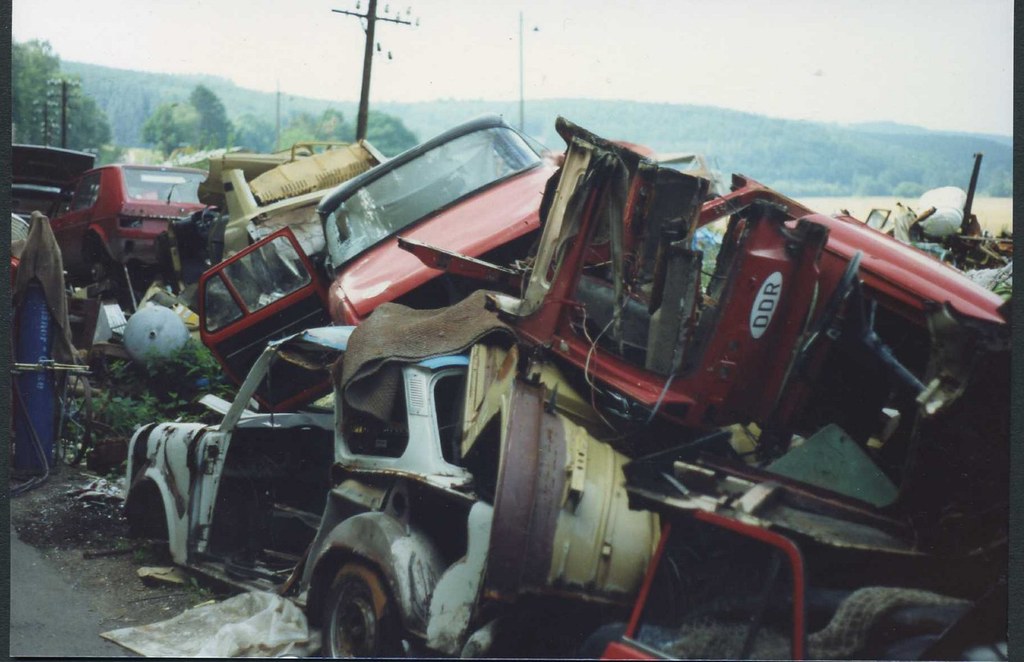
8. **Scheduling Vehicle Pickup or Drop-off and Finalizing Payment**
Once a satisfactory offer has been accepted, the practical logistics of transferring your vehicle to the buyer become the immediate focus. This stage involves coordinating either a direct drop-off at the scrapyard or arranging for a tow service to collect the vehicle from your location. The method chosen typically depends on your vehicle’s operational status and the services offered by the purchasing entity.
For vehicles that are still drivable, transporting them directly to the scrapyard can often be the most straightforward approach. However, if your vehicle is no longer functional or if you’ve opted for an online buyer, they will typically arrange a pickup time. Companies often dispatch a tow truck to your specified location, streamlining the disposal process for the owner. This provision for pickup is a significant advantage of many scrapping services, effectively removing a non-operational vehicle without additional personal effort or expense for towing.
The culmination of the transaction typically occurs at the point of transfer. When the vehicle is dropped off or picked up, payment is usually rendered immediately after you sign off on the sale and hand over the vehicle’s title. This immediate cash payment is a notable benefit of scrapping, providing quick financial recompense for your old car. It is important to remember that junkyards may attempt to lower the agreed-upon price if they perceive more damage than was initially disclosed or estimated, underscoring the importance of transparent communication during the quoting process.
This aspect of the scrapping process simplifies what could otherwise be a cumbersome task, particularly for vehicles that are no longer road-worthy. The convenience of having the vehicle collected, combined with the assurance of prompt payment, contributes significantly to a hassle-free experience. Owners can typically expect to be paid “in cash right then and there” when the wreckers arrive to pick up the car, making it an efficient resolution for an unwanted vehicle.
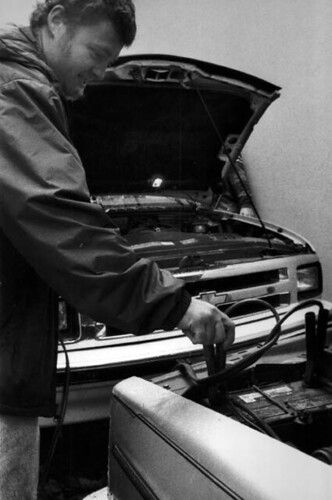
9. **Legal Compliance: Junking and Dismantling Regulations**
For individuals undertaking the process of disposing of a vehicle, particularly for the purpose of junking or dismantling, adherence to specific legal and administrative procedures is paramount. In many jurisdictions, such as California, individuals not licensed as dismantlers are permitted to junk and/or dismantle a vehicle, but this process is governed by specific regulations, as outlined in Vehicle Code (VC) §11520. These requirements are largely analogous to those for registering or transferring a vehicle, ensuring proper legal dissociation from the asset.
A critical step stipulated by these regulations is the submission of an application to the Department of Motor Vehicles (DMV) to formally record the vehicle as “Junk” prior to any dismantling activities. Failing to pre-register the vehicle in this manner can lead to financial penalties, specifically subjecting the owner to an investigative service fee. This requirement underscores the importance of proactive engagement with the DMV to ensure all legal obligations are met and to avoid unforeseen charges.
Central to establishing legal authority for junking is the presentation of clear evidence of ownership. This typically includes the vehicle’s title, which serves as the primary document proving that you own the car and possess the right to dispose of it. In situations where the applicant is not the registered owner listed on the California Certificate of Title—perhaps because the vehicle has not yet been transferred into their name—additional documentation becomes necessary to establish the applicant as the rightful registered owner. This may involve a properly endorsed California Certificate of Title, lien sale documents correctly executed for registration and transfer, a salvage certificate properly endorsed for transfer, or bills of sale to complete the chain of ownership. In certain circumstances, bills of sale “may be accepted in lieu of signatures on the title,” providing an alternative pathway to proving ownership.
Further documentation may be required, particularly if the vehicle’s value is less than $5,000. In such cases, a Statement of Facts (REG 256) form must be submitted, confirming from whom the vehicle was acquired, its current value, and that it is “free of liens, not indicated on the application.” For vehicles valued at $5,000 or more, a motor vehicle bond is typically required. It is always recommended to contact your local DMV to ascertain the precise paperwork and procedures mandated by your state’s laws, as these can vary significantly and are crucial for a legally compliant disposal.
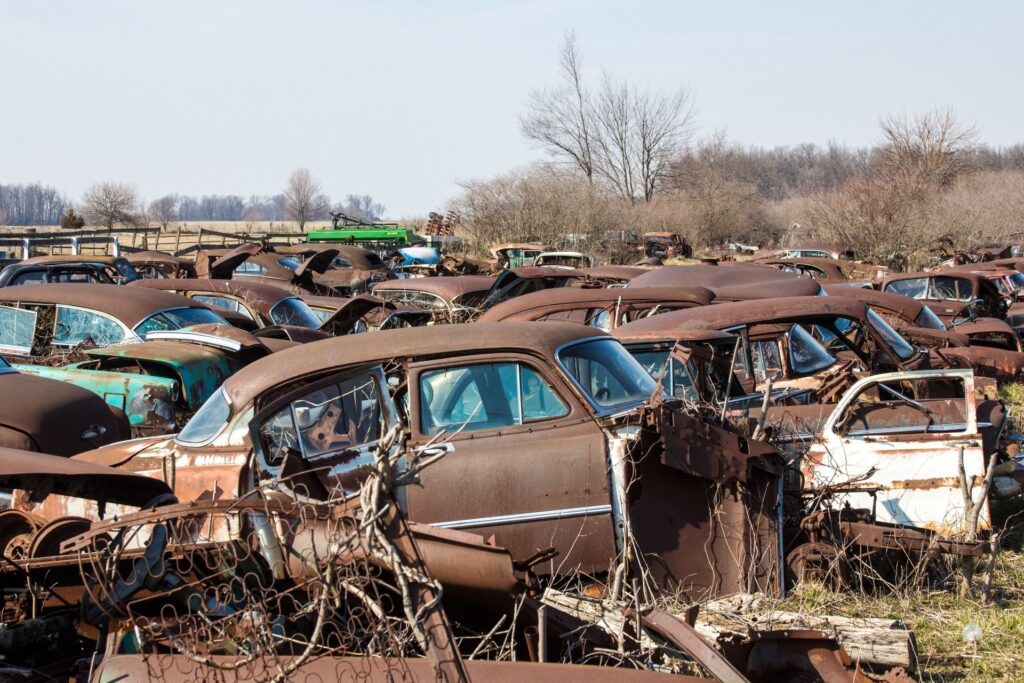
10. **Post-Disposal Administrative Steps: Canceling Registration and Insurance**
Once your vehicle has been successfully transferred to a scrapyard or online buyer, the process of severing your legal and financial ties to it is not entirely complete. Two critical administrative actions remain to be addressed: canceling your vehicle’s registration and its automotive insurance policy. These steps are essential to prevent ongoing liabilities and unnecessary expenses associated with a vehicle you no longer own.
Promptly contacting your state’s Department of Motor Vehicles (DMV) is the first action to initiate the cancellation of your vehicle’s registration. The specific procedures for this process can vary by state, so it is important to inquire about the requirements in your local area. In some states, canceling registration may even result in a refund of a portion of your annual payment, providing a small additional financial benefit. This formal cancellation legally dissociates you from the vehicle’s operational status and any related responsibilities.
Concurrently, it is equally important to contact your insurance provider to cancel your automotive policy for the scrapped vehicle. Continuing to pay for insurance on a car you no longer possess is an unnecessary financial drain. Providing proof of the vehicle’s disposal, such as a bill of sale or transfer document from the scrapyard, will facilitate the cancellation process and ensure that you are no longer billed for coverage on a non-existent asset.
An additional administrative step, as previously noted, is the removal and proper handling of your vehicle’s license plates. If you “don’t plan on driving your vehicle anymore,” these plates typically need to be surrendered to the DMV. However, exceptions exist, such as for off-highway vehicle (OHV) identification plates, which do not need to be surrendered. Furthermore, for specific commercial vehicles, a Certificate of Excise Tax Clearance (BOE 1138) form issued by the California Board of Equalization may be required, particularly for those weighing over 7,000 pounds unladen and powered by non-gasoline or diesel fuels. These diligent post-disposal actions safeguard against future complications and ensure a clean break from your old vehicle.

11. **Environmental Responsibility: Disposing of Hazardous Materials**
Beyond the financial and legal aspects, a crucial component of responsibly scrapping a car involves ensuring environmental compliance and ethical disposal practices. Vehicles contain numerous hazardous materials and fluids that, if not managed correctly, can pose significant risks to both soil and water quality, leading to long-term ecological damage. The choice of scrapyard thus extends beyond merely the offer price to include their commitment to environmental stewardship.
Authorized and certified scrapyards play a vital role in mitigating these environmental risks. They are equipped with the specialized processes and facilities necessary for the proper treatment and disposal of substances such as engine oil, transmission fluid, coolant, battery acid, and refrigerants. These materials must be meticulously drained, collected, and either recycled or disposed of in accordance with stringent legal and environmental standards, preventing their leakage into the ecosystem.
The broader impact of vehicle recycling contributes significantly to sustainable practices. Annually, approximately “10 million cars get recycled every year in the U.S.,” which, through the recovery and reuse of materials, saves “almost 74% of the required energy to create new ones from scratch.” This process not only reduces the demand for virgin resources but also minimizes the environmental footprint associated with manufacturing new vehicles. By choosing a scrapyard that adheres to these ecological guidelines, car owners contribute to a responsible and environmentally conscious end-of-life cycle for their vehicle.
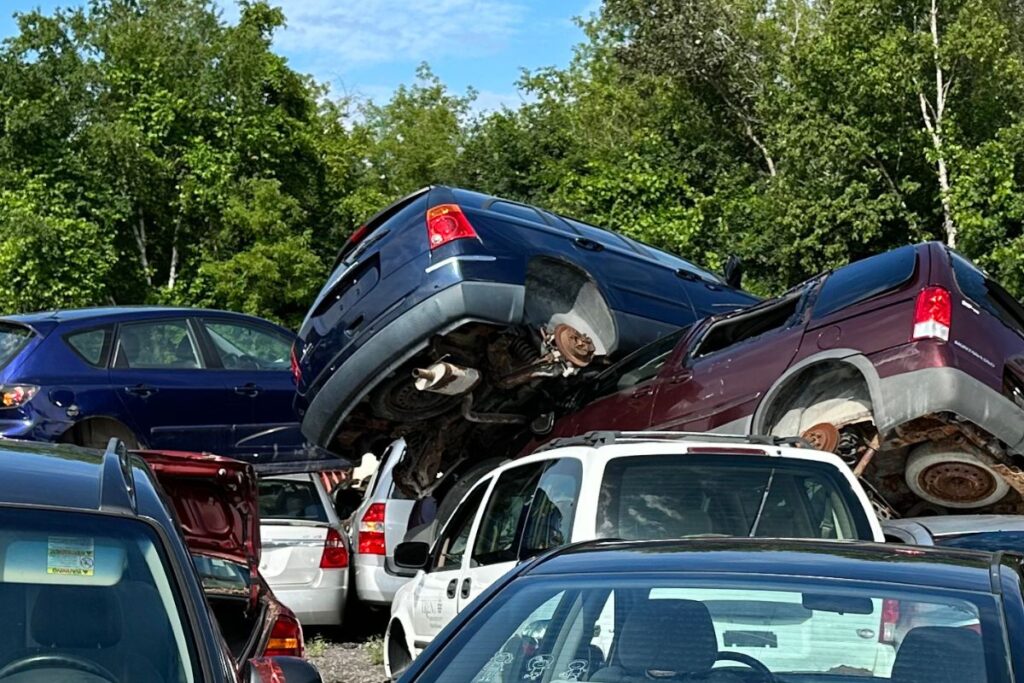
12. **Exploring Alternatives to Traditional Scrapping**
While scrapping a car is often the most pragmatic solution for a vehicle beyond economical repair, it is important to recognize that it is not the sole option. Depending on the vehicle’s condition and your personal goals, several alternatives can offer different benefits, ranging from increased financial returns to contributions to charity. Understanding these choices empowers car owners to make the most informed decision for their specific situation.
For vehicles that are still operational or require only minor, inexpensive repairs to become drivable, selling them privately or trading them in at a dealership typically yields a higher financial return than scrapping. Listing the vehicle on online marketplaces or even reaching out to friends and family can connect you with potential buyers. Dealership trade-ins offer convenience, with the value often applied towards the purchase of a new vehicle, though private sales often fetch a better price if you are willing to manage the sales process.
Another viable option, particularly for those with mechanical inclination or who own a similar model vehicle, is to keep the old car for spare parts. As “The Drive’s scrappy editors” note, “If a part goes bad on the vehicle that you drive, then remove and install the working part from the junk car instead.” This strategy can save significant money on future repairs, avoiding the cost of new parts from mechanics. It transforms the old car into a valuable asset for ongoing maintenance, extending the life of another vehicle.
Donating your vehicle to a charity represents another impactful alternative. Many charitable organizations accept junk car donations, often selling them to junkyards themselves, with the proceeds supporting their cause. This allows you to responsibly dispose of your vehicle while also benefiting a cause you care about. A significant advantage of this option is the potential for a tax deduction based on the vehicle’s value, which can offer a larger financial return through tax savings than direct scrapping.
Finally, even if the car is not suitable for full resale, it is worth exploring the option of selling its individual components separately or selling the car as a “parts car.” As discussed earlier, items like “car battery,” “tires and rims,” “alternator,” “radiator,” and especially the “catalytic converter” can fetch substantial prices when sold individually. This approach, while requiring more effort in disassembling the vehicle, offers the potential to “sell off individual pieces rather than the whole junker,” often resulting in a greater overall monetary return than selling the entire car as undifferentiated scrap metal. This strategic dismantling ensures maximum value recovery from a seemingly worthless asset.
Read more about: Navigating the New Golden Age of Travel: 12 Essential Insights for Retirees
Navigating the end-of-life process for an old vehicle, from initial assessment to final disposal, need not be a source of stress. By methodically following these steps—understanding valuation, preparing documentation, exploring diverse selling avenues, complying with legal requirements, prioritizing environmental responsibility, and considering all available alternatives—car owners can transform a potentially daunting task into a well-managed and financially astute decision. The journey of saying goodbye to your old car can, in fact, be a responsible and rewarding experience, contributing to both your financial well-being and broader environmental sustainability efforts.

